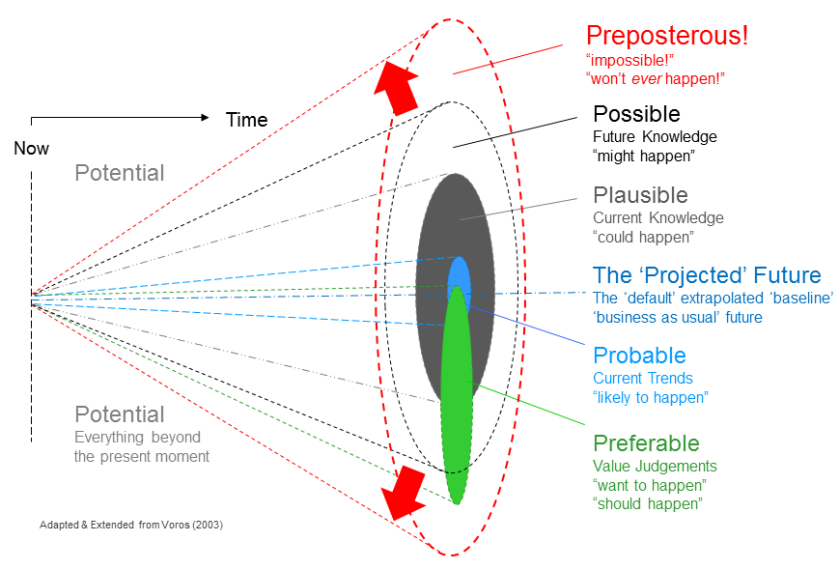2021 Projects
Restorative Foodways
Keitlyn Alcantara & Olga Kalentzidou
The Restorative Foodways project proposes using the themes of food as medicine, food sovereignty, and food justice to address historical inequalities that have been systematically built into the fabric of the university and the community at large. Through gatherings centered on sharing food and stories, and curricula aimed at connecting individuals to meaningful community contributions and learning opportunities, this project will explore how embodied learning and storytelling can increase the sense of belonging and being seen among BIPOC individuals in Bloomington.

Passport Photo Project
Vivek Vellanki
The Passport Photo Project will create opportunities for up to 100 migrants and refugees living in two semi-urban/rural centers in Southern Indiana to participate in collaborative art-making and share stories of their migration and lived-experience using the visual medium. Through intensive collaborations with local organizations, the project will ultimately create space for migrants to be in conversation with each other and to reflect on their lives in Southern Indiana. Finally, through a site-specific installation, the PPP will animate a much needed conversation about migration in the region and how migrants contribute to the identity and lived experience of the state.

Fighting for Citizenship
Michelle Moyd
Using digital humanities methods, sensibilities, and deliverables, this project surfaces hidden histories of Black soldiers in and from Indiana to do three interrelated things.[1] First, it will highlight artifacts, documents, photographs, and other materials to offer glimpses of Black military service in Indiana, a state that is coded white in the US imaginary, in order to disrupt and recast such representations. Second, it will illuminate how Black soldiers from Indiana participated in US imperial wars, including those waged against Native and Indigenous peoples and overseas during the Spanish-American War. Third, Black soldiers from Indiana also fought in both World Wars and other twentieth-century wars fought overseas. In what ways did military service in the 20th century create or foreclose new opportunities for Black Hoosiers? How did it contribute to or challenge their invisibility within the state’s history? This project will offer some initial answers.

Unmasked
Alex Lichtenstein, Phoebe Wolfskill, & Rasul Mowatt
In collaboration with members of the Indiana University community, Indiana Wesleyan University, and teachers and activists working in Marion, we propose the art installation “Unmasked: The Anti-Lynching Exhibits of 1935 and Methods of Public Community Remembrance” as a means of engaging the broader public with the history of lynching and the ways in which visual art has been employed to raise awareness and push for antiracist political and social change from the 1930s to the present. In addition, we hope to provoke community discussion about the best way to move forward with a public form of commemoration to the victims of the 1930 lynching in Marion and perhaps elsewhere in the state.

Speculative Fault Lines
Tanya Palmer, Maria Abegunde Hamilton, & Selene Carter
This project is a collaboration between artists and scholars structured as a science-fictional, speculative T.V. series about how the world could change. Each 'episode' in the series features interdisciplinary collaborations about fugitive histories, and envisions alternative futures built along the fault lines of race, class and gender. All practices and events, from research sharing to embodied performances, will be created under the rubric of pre-production for a speculative TV series, a project that is perpetually in rehearsal, imagined through story-boarding, set building, and script revision in preparation for the eventual 'filming'. In form and in content, this is a collective practice of imagining how the world could change.

Ghosted
Terri Francis & Cara Caddoo
Indiana, like much of the Midwest Heartland, has long been uncritically represented through stories that evoke an undifferentiated white population to the exclusion and near-erasure of Arab Americans, African Americans, Mexican Americans and other groups of American citizens, noncitizens, or immigrants and other people in transit who have either passed through the area on their way to points north, west or east, or who have held firm roots in this region of the United States for generations. Here on the territory of the Kickapoo, Myaamia, Potawatomi, Shawnee, and Delaware Nations, African Americans tentatively negotiated their own physical and cultural spaces within a segregated, white supremacist regime in Indiana, “Land of the Indians,” in the early decades of the twentieth century, just two or three generations after the end of slavery. Ghosted: Re-Visioning Black Movie Culture in Indianapolis illuminates Black creativity and presence in Indiana by mapping the everyday enthusiasm Black residents expressed in going to the movies. Ghosted extends an invitation to take virtual and researched stroll down memory lane in the historical black neighborhoods of Indianapolis, beginning with the famed Indiana Avenue, to reflect on Black movie-going in the early twentieth century.



